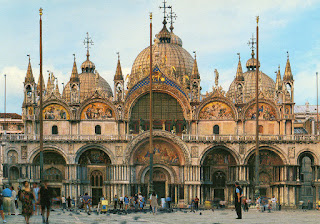Bagan was also inscribed this year and it's a concentration of more than 3000 temples, stupas, monasteries and other structures
 |
| Bagan |
This postcard was sent from Japan by Emi
Bagan is a sacred landscape which features an exceptional array of Buddhist art and architecture, demonstrates centuries of the cultural tradition of the Theravada Buddhist practice of merit making (Kammatic Buddhism), and provides dramatic evidence of the Bagan Period (Bagan Period 11th – 13th centuries), when redistributional Buddhism became a mechanism of political control, with the king effectively acting as the chief donor. During this period, the Bagan civilisation gained control of the river transport, extending its influence over a large area. The traditions of merit making resulted in a rapid increase in temple construction, peaking in the 13th century. The serial property of eight components is located on a bend in the Ayeyarwady River, in the central dry zone of Myanmar. Seven of the components are located on one side of the River, and one (component 8) is located on the opposite side. Intangible attributes of the property are reflected in Buddhist worship and merit-making activities, traditional cultural practices and farming. The serial property of eight components consists of 3,595 recorded monuments – including stupas, temples and other structures for Buddhist spiritual practice, extensive archaeological resources, and many inscriptions, murals and sculptures. Bagan is a complex, layered cultural landscape which also incorporates living communities and contemporary urban areas. - in: https://whc.unesco.org/en/list/1588/





































